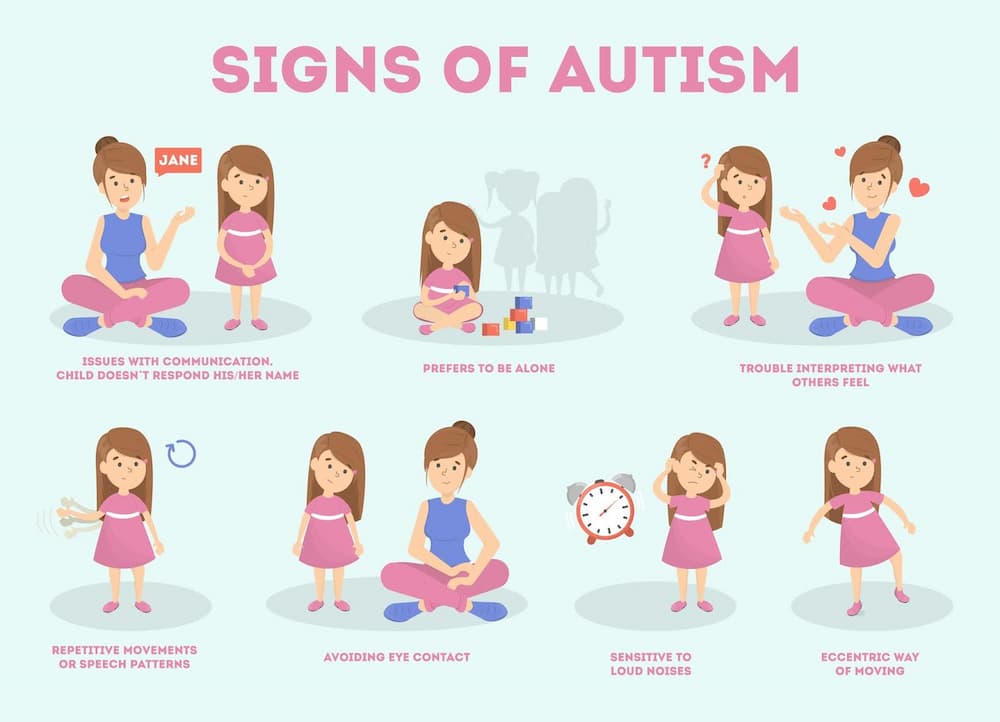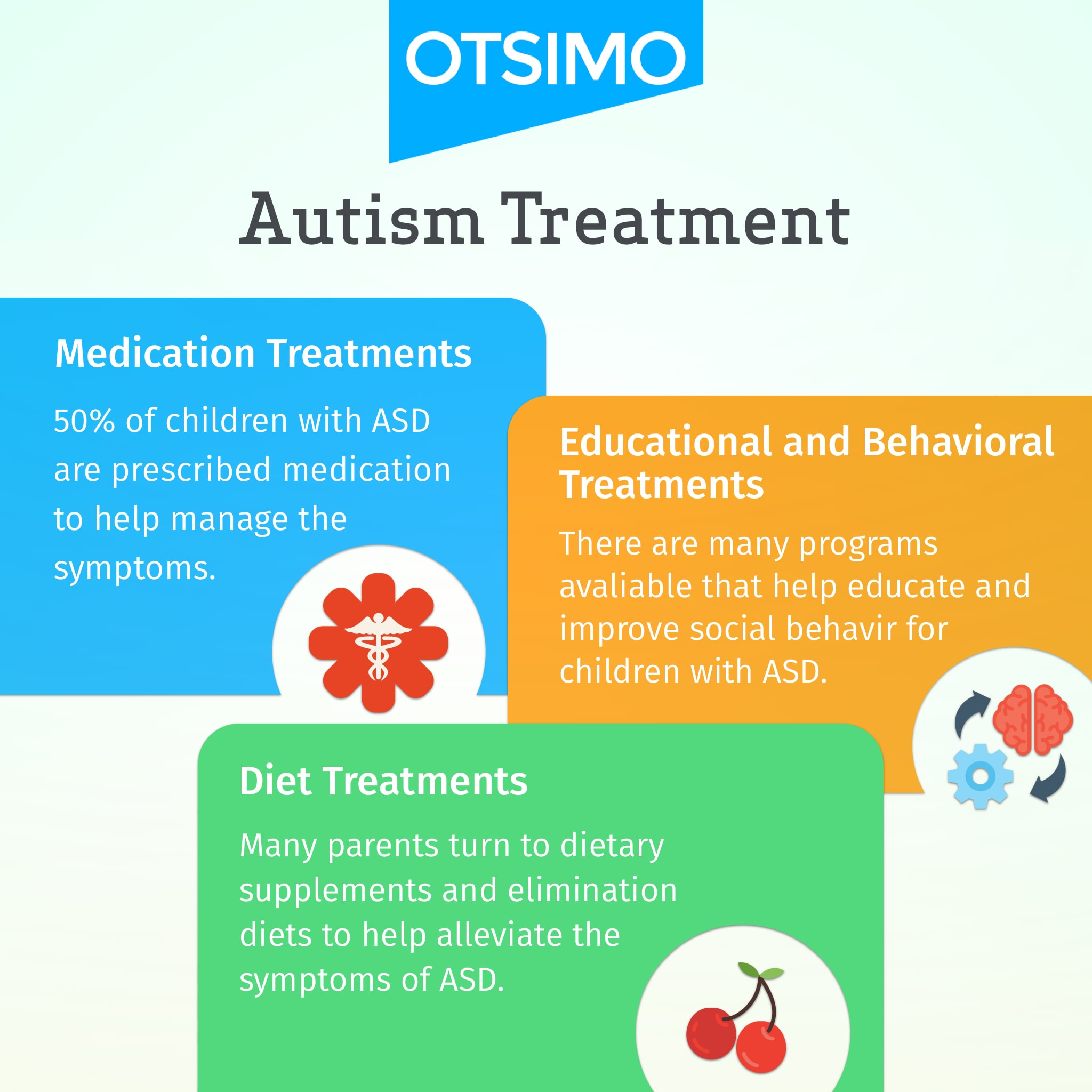Understanding the Influence of Behavioral Autism on Every Day Life and Social Interactions
You might not realize just how deeply behavior autism impacts daily life and social interactions. People on the range usually browse a world loaded with interaction obstacles and sensory overload. These obstacles can lead to frustration and seclusion, impacting their partnerships and general wellness.
Specifying Behavioral Autism and Its Attributes
Behavioral autism, commonly referred to as autism range problem (ASD), includes a series of problems characterized by difficulties in social communication, communication, and repetitive habits. You may observe that people with ASD commonly have a hard time to interpret social signs, which can bring about misunderstandings in discussions. They may locate it hard to develop eye contact or participate in small talk, making social situations feel frustrating.
Communication troubles can materialize in various ways, from delayed speech growth to a preference for making use of fewer words. By recognizing these qualities, you can promote an atmosphere that advertises acceptance and encourages effective communication, aiding individuals with autism grow in their day-to-day communications.
The Spectrum of Autism: Understanding Variability in Behavior
Autism range condition (ASD) isn't a one-size-fits-all medical diagnosis; it varies commonly among individuals. You might come across individuals who are very verbal and engage conveniently in discussions, while others could prefer solitary activities or communicate non-verbally.
Additionally, the means people with ASD reply to sensory input can vary substantially; some could be bewildered by loud noises or intense lights, whereas others grow in promoting environments. The spectrum additionally consists of distinctions in social interactions; some people may battle to interpret social cues, while others browse social settings with relative simplicity. Comprehending this irregularity is important, as it helps you value each individual's one-of-a-kind experience and tailor assistance to their particular requirements, promoting a more comprehensive environment for everybody.
Interaction Challenges Faced by Individuals With Autism
When you connect with people on the autism range, you might observe their special interaction difficulties. They frequently encounter difficulties with both verbal and nonverbal hints, which can impact their social interactions. Comprehending these obstacles is crucial for promoting much better connections and assistance.

Verbal Interaction Problems
Lots of individuals on the autism range experience verbal interaction difficulties that can substantially affect their daily communications. Your pace, tone, or volume might not line up with social assumptions, creating others to misunderstand your objectives. Recognizing these challenges can help you and your support network develop strategies to enhance interaction and promote far better connections with others in your everyday life.
Nonverbal Interaction Barriers
Verbal communication isn't the only obstacle people on the autism spectrum face; nonverbal communication barriers can be equally as significant. You might find it difficult to analyze body language, faces, and eye call, which are important for reliable communication. These obstacles can bring about misconceptions or misinterpretations of social signs, making interactions really feel overwhelming or confusing. You may have a hard time to reveal your very own feelings through nonverbal ways, leaving others unclear of your sensations or objectives. This separate can develop feelings of seclusion and disappointment. Acknowledging these obstacles is crucial for fostering understanding and compassion in your interactions. By resolving nonverbal communication, you can locate strategies to improve your social experiences and boost your total high quality of life.
Social Interaction Impacts
Social communications can commonly feel frustrating as a result of the distinct interaction challenges faced by individuals with autism. You may have a hard time with interpreting social signs, making it difficult to comprehend sarcasm or body language. This can result in misconceptions or uncomfortable minutes in discussions. In addition, initiating and preserving conversations may really feel difficult, triggering anxiousness in social situations. You may like structured settings, making spontaneous communications uncomfortable. It's also usual to experience difficulty in taking part in tiny talk, which can impede forming brand-new friendships. Recognizing these challenges can assist you find techniques to improve interaction, such as exercising social abilities in safe settings or making use of visual aids - Aba Therapist. Comprehending your demands allows you to browse social interactions with better confidence and simplicity.
Social Communication and Relationship Building in Autism
While building connections can be challenging for individuals with autism, comprehending their unique viewpoints and interaction designs can promote purposeful connections. You could notice that many people on the range choose straight communication and may fight with social cues or small talk. By being simple in your communications, you can aid produce an atmosphere where they really feel comfortable.
Involving in shared rate of interests can also offer as a bridge to much deeper connections. Whether it's a hobby, a favored show, or a mutual passion, these typical threads can open up doors to friendship.
Life Regimen: Navigating Strategies and difficulties
Steering day-to-day life routines can be especially testing for people with autism, especially when unexpected modifications occur. To navigate these difficulties, consider implementing aesthetic schedules or lists.
Developing a routine that consists of sensory breaks can also be advantageous. You can intend short breaks throughout your day to recharge. Clicking Here It's vital to communicate with those around you, allowing them know your choices and requirements. This helps develop an understanding setting.
Lastly, technique mindfulness methods to manage tension and anxiety. Simple breathing workouts or go grounding strategies can make a substantial difference. By integrating these techniques, you can enhance your daily routine and lessen disturbances, making life feel much more convenient.
Toughness and Capabilities of People on the Autism Spectrum
Recognizing daily life routines is just one element of the autism experience. Numerous people on the autism range possess exceptional strengths and capabilities that establish them apart. You could locate that your attention to detail is remarkable, allowing you to master tasks that need precision and emphasis. Your ability to think outside package can bring about cutting-edge remedies in different circumstances.
Furthermore, your memory skills usually radiate, specifically in areas of rate of interest. Aba Therapist. This knack for retaining info can make you a valuable resource in fields like art, technology, or science. You may also display strong visual reasoning, enabling you to envision complex principles and resolve issues artistically
Furthermore, your unique point of view on the world can foster empathy and understanding in others, enhancing social interactions. Welcoming these staminas not only improves your confidence however also assists others value the diverse talents you give the table.
Producing Inclusive Settings for Individuals With Autism
Producing inclusive settings for individuals with autism starts with designing sensory-friendly areas that provide to their one-of-a-kind demands. You can likewise foster possibilities for social interaction, helping to develop connections and friendships. By making these changes, you'll add to a much more inviting atmosphere for every person.
Designing Sensory-Friendly Spaces
While designing sensory-friendly spaces, it's essential to mirror on the distinct demands of individuals with autism. you can look here Include quiet areas where people can charge and retreat when overwhelmed. Include aesthetic timetables or clear signs to aid people navigate the room confidently.
Advertising Social Communication Opportunities
Designing sensory-friendly rooms not only addresses private convenience however also establishes the phase for purposeful social interactions among individuals with autism. Encourage peer mentoring, matching individuals with autism with supportive peers who can direct them via social circumstances. By implementing these techniques, you can boost social opportunities, helping individuals with autism build relationships and reinforce their social skills in a safe, welcoming atmosphere.

Often Asked Concerns
Exactly How Can Buddies Support Somebody With Behavioral Autism?
You can sustain a close friend with behavior autism by holding your horses, listening actively, and respecting their limits. Participate in tasks they take pleasure in, connect honestly, and create a comfy environment where they really feel valued and recognized.
What Resources Are Offered for Moms And Dads of Kid With Autism?
You can discover different sources for parents of children with autism, consisting of support system, educational sites, and regional social work. Linking with various other moms and dads can likewise provide beneficial understandings and shared experiences to assist navigate challenges.
Can Behavioral Autism Adjustment With Time?

Yes, behavioral autism can transform in time. You could observe shifts in communication, social skills, and habits as your youngster expands. Early intervention and assistance frequently play vital functions in these developmental changes.
How Do Sensory Level Of Sensitivities Influence Daily Life?
Sensory sensitivities can make everyday experiences overwhelming. You could deal with loud sounds or intense lights, causing tension or avoidance. Finding atmospheres that suit your demands can considerably improve your comfort and general day-to-day life.
What Prevail Misconceptions Concerning Behavioral Autism?
You may believe behavioral autism only influences interaction abilities, but it's even more complex. Many think individuals lack compassion or intelligence, which isn't true. Recognizing these false impressions aids foster acceptance and support for those on the range.
Behavior autism, typically referred to as autism spectrum problem (ASD), includes an array of conditions identified by difficulties in social communication, interaction, and repetitive behaviors.Social communications can commonly feel frustrating due to the special interaction difficulties encountered by people with autism.Designing sensory-friendly spaces not only addresses private convenience however likewise establishes the phase for significant social communications among people with autism. Encourage peer mentoring, pairing individuals with autism with helpful peers that can direct them via social scenarios. By implementing these methods, you can improve social chances, helping people with autism develop relationships and reinforce their social abilities in a secure, welcoming setting.